The art world is expansive yet fiercely competitive. Whether you’re an emerging artist or someone who’s been honing your craft for years, standing out in a crowded marketplace is no small feat. Developing a unique artistic style isn’t just about mastering a particular medium or technique; it’s about creating a signature that resonates with your audience. A distinctive style is essential for artists to express themselves and to carve out a space in the art world that appeals to collectors, critics, and fans alike.
In this blog, we’ll explore how you can discover and develop your unique artistic style that reflects your inner vision and connects with potential buyers. We’ll dive into the psychological and emotional elements behind style development, practical techniques, market strategies, and how to navigate challenges in the creative process. By the end, you’ll have a comprehensive understanding of how to cultivate a distinctive style that doesn’t just stand out but sells.
What is Artistic Style?
Artistic style is more than the surface aesthetics of a piece of work. It’s how an artist uses colour, shape, texture, form, and subject matter to convey meaning. Your style is the visual language you create, which tells your personal story and allows your work to be recognised.
Artistic style evolves. External factors like mentorship, formal education, or exposure to specific movements can influence it early on. However, as artists mature, their style becomes increasingly shaped by their experiences, emotions, and personal philosophies. Over time, an artist’s work becomes more cohesive, refined, and distinctive.

The Building Blocks of Artistic Style
-
Emotions and Personal Narrative
Every piece of art is an extension of the artist’s emotional state. Some artists express joy, while others explore the pain of loss or societal injustice. How an artist interprets their emotions and conveys them through visual language is central to the style.
For example, Frida Kahlo used surrealism and symbolism to express her physical pain and emotional struggles, creating an unforgettable and highly personal style. Her art was profoundly connected to her life experiences, making her work universally relatable yet distinctly hers.

-
Techniques and Mediums
An artist’s choice of technique and medium shapes their artistic style. Some artists work primarily in oils, while others experiment with mixed media or sculpture. The medium dictates the work’s texture, depth, and final appearance.
Consider Jackson Pollock, whose abstract expressionist style was defined by his innovative use of drip painting. His spontaneous and physical method of painting became a hallmark of his unique style, highlighting the emotional intensity of his work.
-
Cultural Influence
Art does not exist in a vacuum. Artists are deeply influenced by the world around them, including by cultural heritage, political climate, and global events. An artist’s background and worldview can shape their work’s subject matter and themes, adding layers of meaning.
Jean-Michel Basquiat drew heavily on his African heritage, incorporating cultural symbols and graffiti into his paintings. His work offered commentary on race, identity, and the struggles of the urban environment, making his style unmistakably unique.
-
Philosophy and Ideology
Many artists infuse their work with their philosophies and ideologies—core beliefs, values, or worldviews—using art for self-expression or societal commentary. These guiding principles shape their approach to art and the messages they aim to convey.
Banksy, for instance, uses street art to critique social norms, consumerism, and authoritarian control. His work combines satire with political statements, creating a visually compelling and intellectually provocative style.
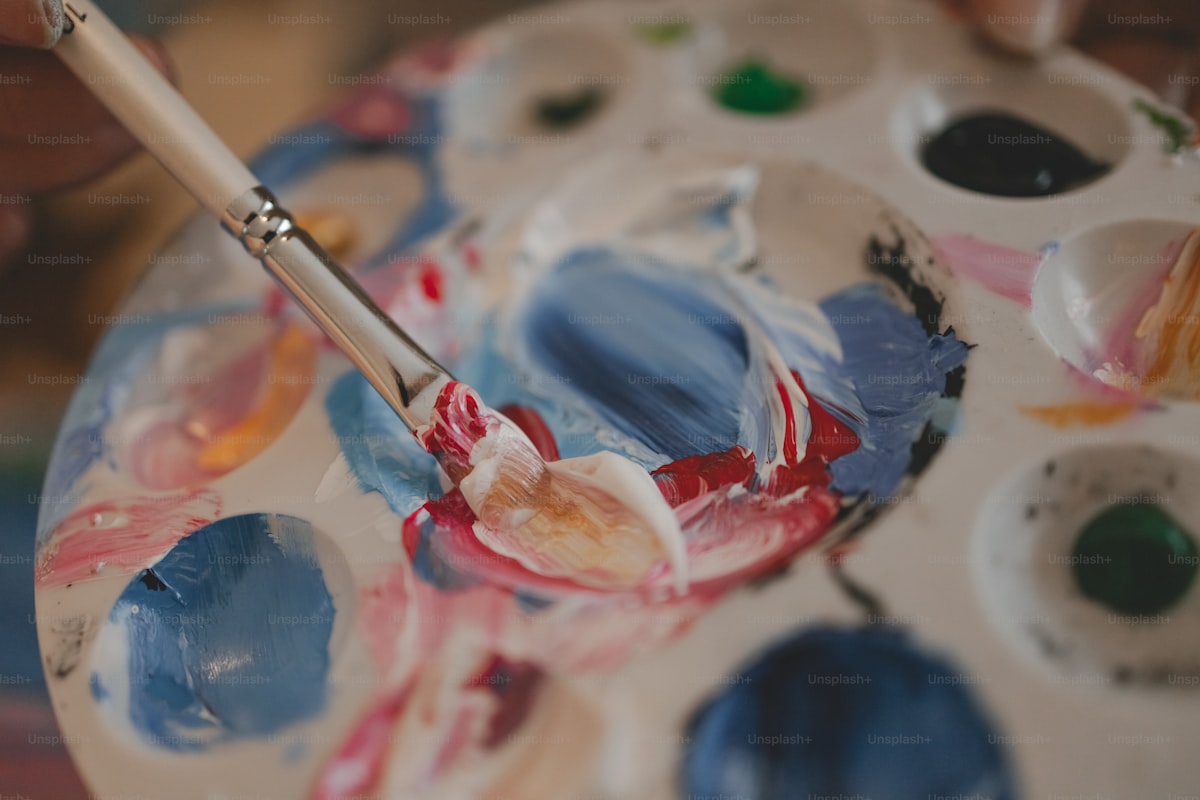
Examples of Artists with Unique Styles
To further understand the importance of a unique artistic style, let’s examine some iconic artists whose styles have defined their careers and the art world.
- Salvador Dalí – A master of surrealism, Dalí’s dreamlike imagery and distorted realities made him one of the most recognisable artists of the 20th century. His highly detailed paintings, like The Persistence of Memory, combine hyper-realistic techniques with bizarre, otherworldly scenes, making his style unique and unforgettable.
- Georgia O’Keeffe – Famous for her large-scale flowers and desert landscapes, O’Keeffe’s work is often defined by its close-up perspectives and minimalistic approach to composition. Her style blends abstraction with nature, creating intimate and monumental pieces.
- Andy Warhol—Known for using repetition and mass production techniques, Warhol’s iconic Campbell’s Soup Cans and Marilyn Monroe portraits turned consumer goods and celebrity culture into high art. Bold colours, a minimalistic approach to design, and a commentary on capitalism and consumerism characterise his style.
The Psychological Underpinnings of Developing a Unique Style
Art is an emotional and psychological experience. Your work can become a mirror reflecting your thoughts and feelings and the cultural and societal climate in which you exist. This section explores the psychology behind developing a unique artistic style.
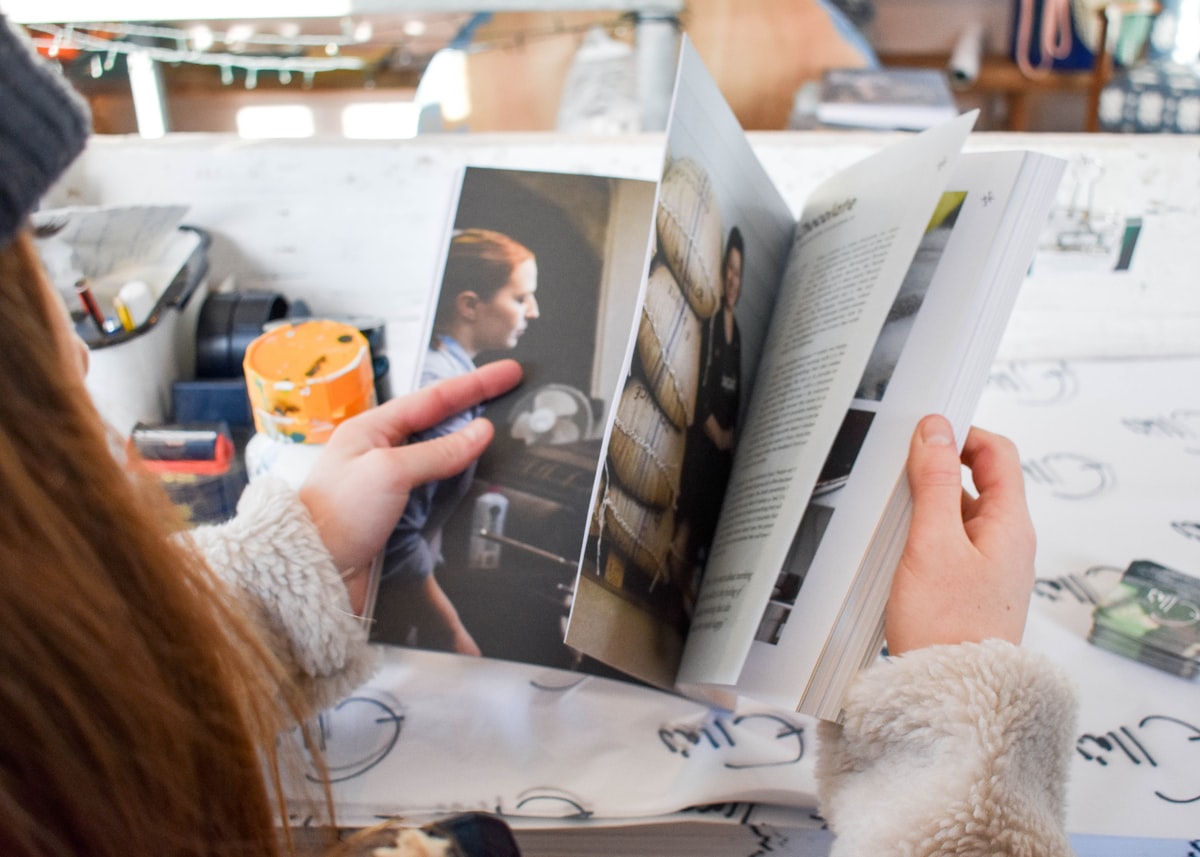
The Role of Emotions in Art
For many artists, emotional expression is the driving force behind their work. By tapping into personal feelings, trauma, or triumphs, artists can convey complex emotions that connect with others profoundly. When captured authentically, the rawness of an emotion resonates deeply with an audience, giving the artwork a universal quality.
Artists like Vincent van Gogh and Edvard Munch used their emotional struggles to create iconic works. Through swirling lines and intense colours, Van Gogh’s Starry Night reflects his inner turmoil. Similarly, Munch’s The Scream is a visceral depiction of anxiety and existential dread, capturing an emotion that many people can relate to.
Self-Discovery Through Art
Creating a unique artistic style is often about self-discovery. The process of making art allows an artist to explore their thoughts, beliefs, and perceptions. Over time, as they refine their techniques and approach, their voice begins to emerge.
Creating allows the artist to delve deeper into their psyche, often leading to breakthroughs influencing their style. For example, Pablo Picasso underwent several stylistic periods throughout his career, including the Blue Period and the Cubist movement, reflecting his evolving understanding of himself and the world around him.
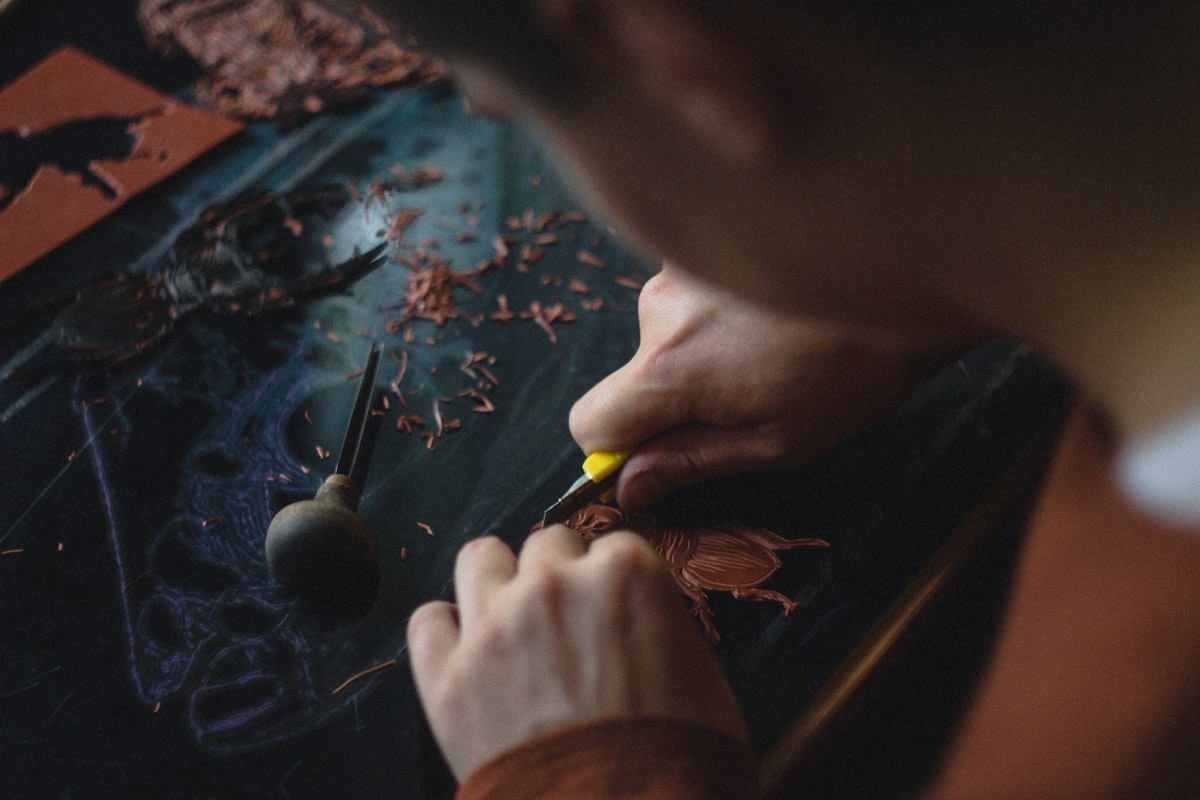
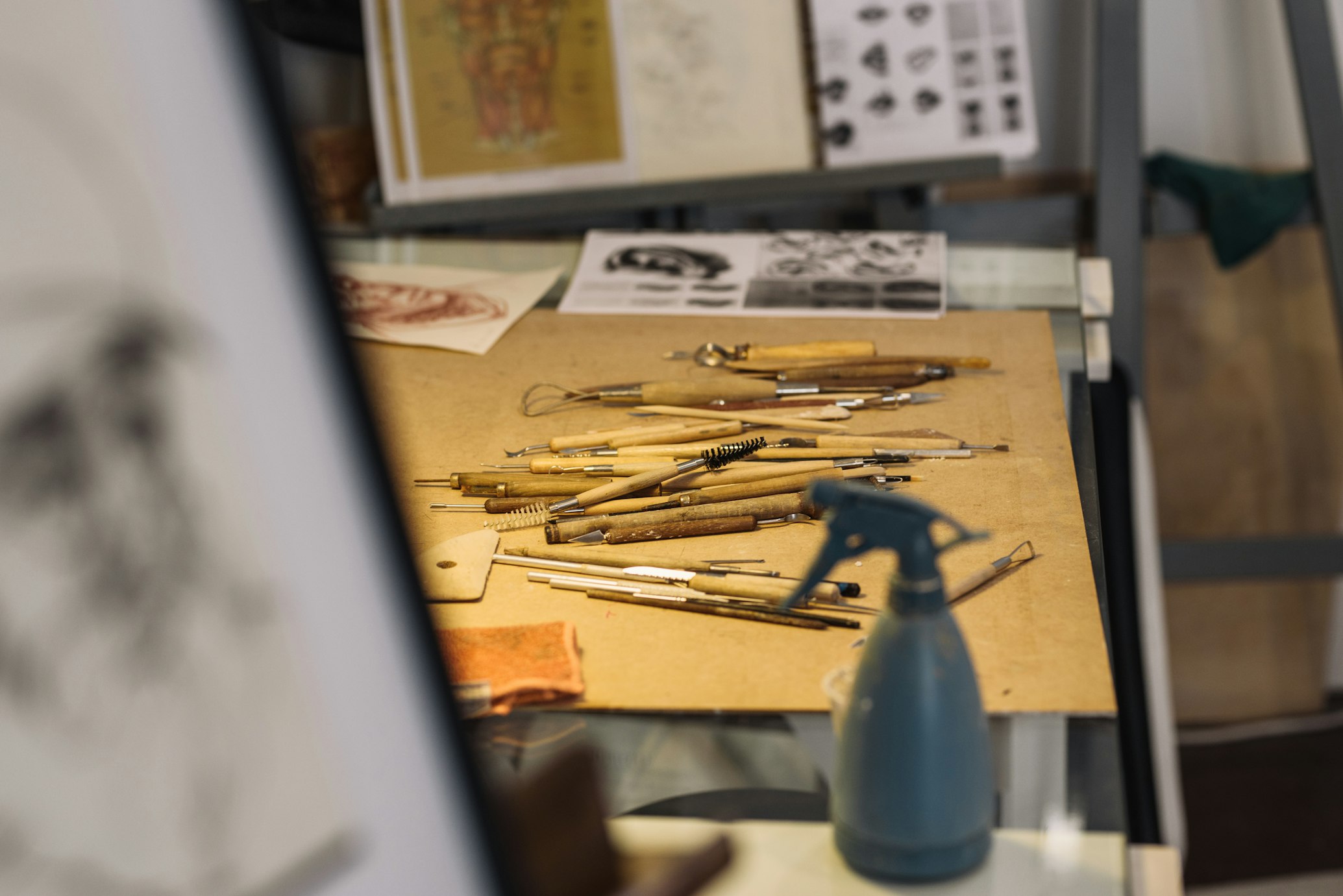
Authenticity and Vulnerability
At the core of a unique artistic style is authenticity. Artists who express themselves without fear of judgment or criticism can create work that feels genuine. Vulnerability in art creates an emotional and authentic connection with the viewer.
When artists present their true selves, their work becomes more relatable and impactful. Tracey Emin’s My Bed exemplifies vulnerability in its rawest form. Her deeply personal work has made a significant impact, as it honestly portrays her mental and emotional state.
Practical Strategies to Develop Your Unique Artistic Style
Developing a unique artistic style takes time, effort, experimentation, and persistence. Below are practical strategies to help you refine and define your style.
1. Experiment with Different Mediums
One of the best ways to develop your artistic style is to experiment with different mediums. Sometimes, a shift in the material you work with can unlock new creative possibilities. For example, if you’re primarily a painter, try sculpture, digital art, or even textiles. You might discover new ways of expressing your ideas that you hadn’t considered before.
- Example: Yayoi Kusama, a Japanese artist, experimented with polka dots and infinity rooms, combining traditional painting with installation art to create an entirely new, immersive experience.

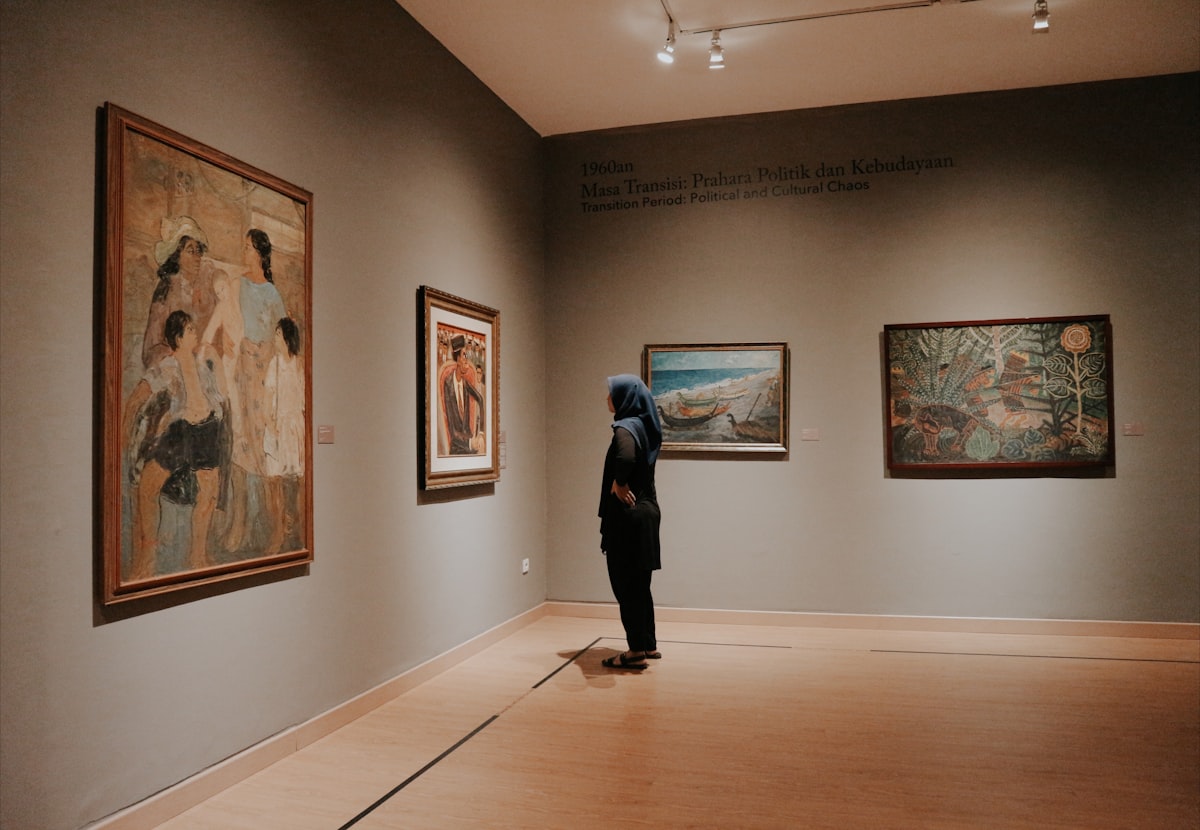
2. Analyse the Works of Artists You Admire
It’s essential to study the work of artists who inspire you but not to imitate them. Instead, artists should look for patterns, themes, and techniques that resonate with them and consider how they might incorporate these elements into their work.
- Tip: Identify what excites you about their work—is it the use of colour, brushstroke technique, or thematic elements? Use this as a springboard to develop your approach.
3. Embrace Mistakes and Learn from Them
Mistakes are an essential part of the creative process. Don’t be afraid to make errors—they often lead to unexpected discoveries. Sometimes, a “mistake” in technique or approach can become the defining element of your style.
- Example: Mark Rothko began as a figurative painter but later embraced abstraction. The emotional depth of his colour fields resulted from years of trial and error and evolving his technique.
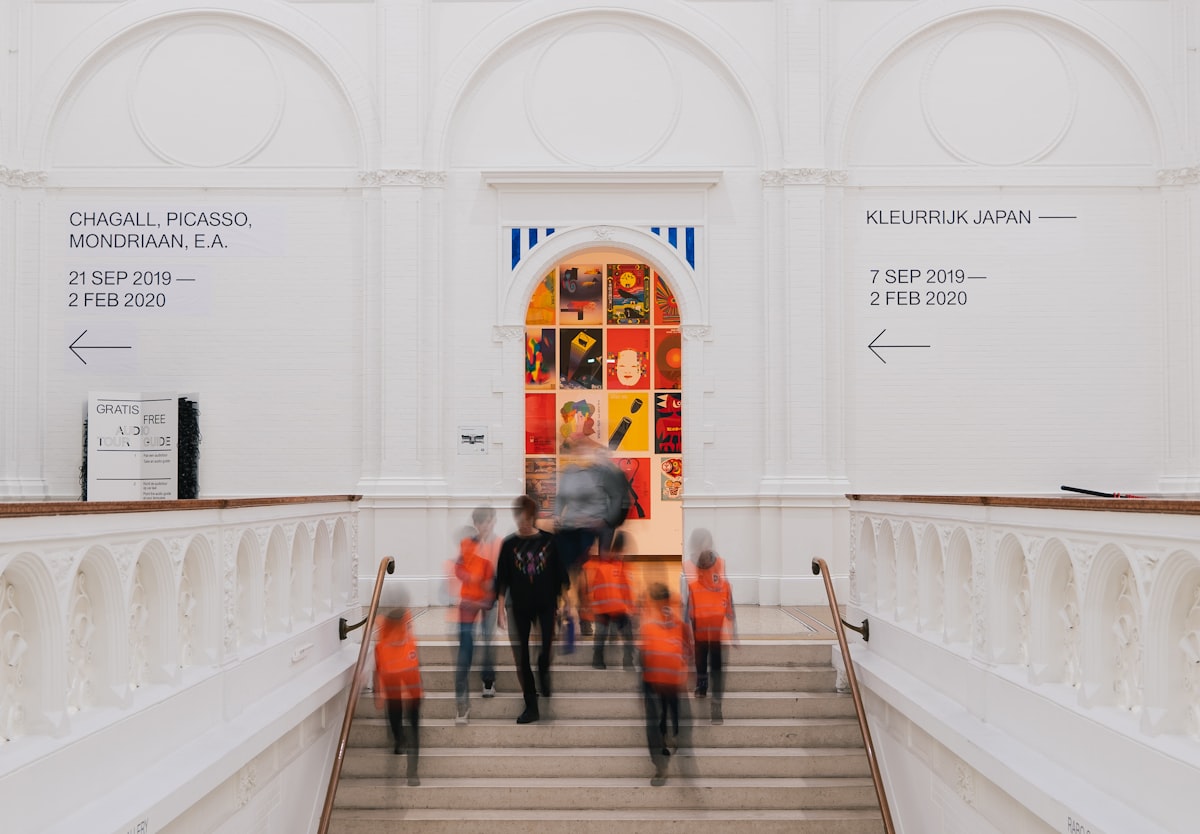
How to Sell Your Art: Using Your Unique Artistic Style

Building Your Brand as an Artist
Your unique artistic style is the heart of your brand and the key to standing out in a competitive art market. It reflects your vision, personality, and creative voice as a powerful tool to captivate audiences and potential buyers. A distinct style makes your work recognisable and builds a personal connection with collectors.
Tip: Ensure your online presence consistently showcases your unique style. Use social media, a professional website, and online galleries to highlight how your art stands apart. Engage with followers by sharing insights into your creative process and the story behind your work, fostering a deeper connection with your audience.
Pricing Your Art
Your unique style adds value to your work, setting it apart. Pricing your art appropriately involves understanding its distinctiveness and aligning it with your artistic identity. Think of your pricing as a reflection of your creative journey, skill, and the emotional impact your style brings to collectors.
Tip: Study the market to find pricing benchmarks for artists with similar styles and experience levels. Factor in the time, materials, and artistic innovation your style demands, ensuring the price reflects its value in the art world. Or, use the Cosimo pricing calculator!

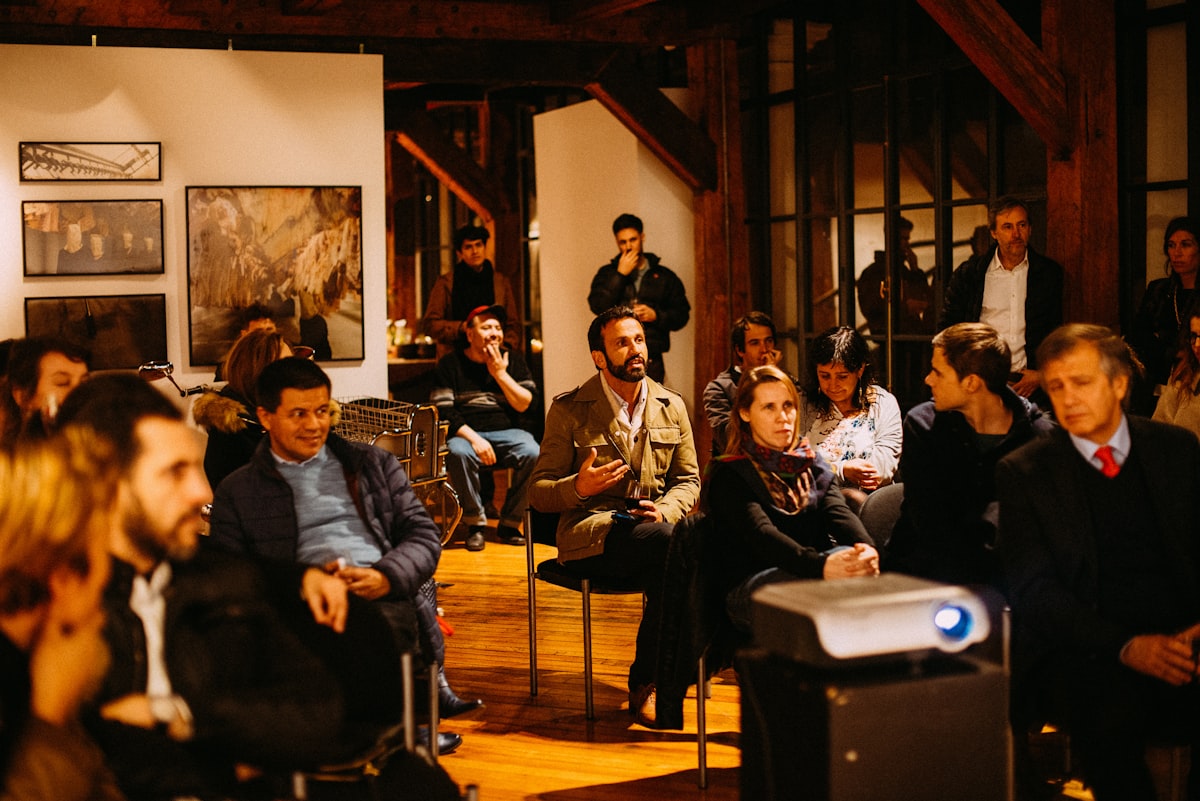
Networking and Collaborations
A unique artistic style becomes your calling card when networking. It sparks curiosity and leaves a lasting impression on curators, collectors, and fellow artists. Use your style as a talking point at art fairs, exhibitions, and openings to build meaningful connections. Collaborative projects can also amplify the reach of your distinctive style.
Example: Partner with artists or brands that complement your artistic vision. A collaboration that emphasises your unique style can attract a broader audience and create opportunities to showcase your art in new and exciting ways.
Conclusion: The Journey of Artistic Discovery
Creating a unique artistic style that sells is a journey of self-exploration, experimentation, and refinement. Your style should reflect your identity, emotions, and vision. By consistently practising, staying true to your voice, and strategically marketing your work, you can develop a style that resonates with your audience and makes a lasting impact.
Remember, selling art begins with embracing and refining your unique artistic style. This style is your signature, the essence that sets your work apart in a crowded market. Be patient with the creative process as you evolve, and let your style become a true reflection of your voice and vision.
Focus on showcasing the individuality of your style through every platform and opportunity. Whether through exhibitions, collaborations, or online galleries, let your distinctiveness be the story that captivates buyers and collectors. Most importantly, enjoy the journey of self-expression—your unique artistic style has the power to inspire, connect, and resonate with the world in ways only you can achieve.

